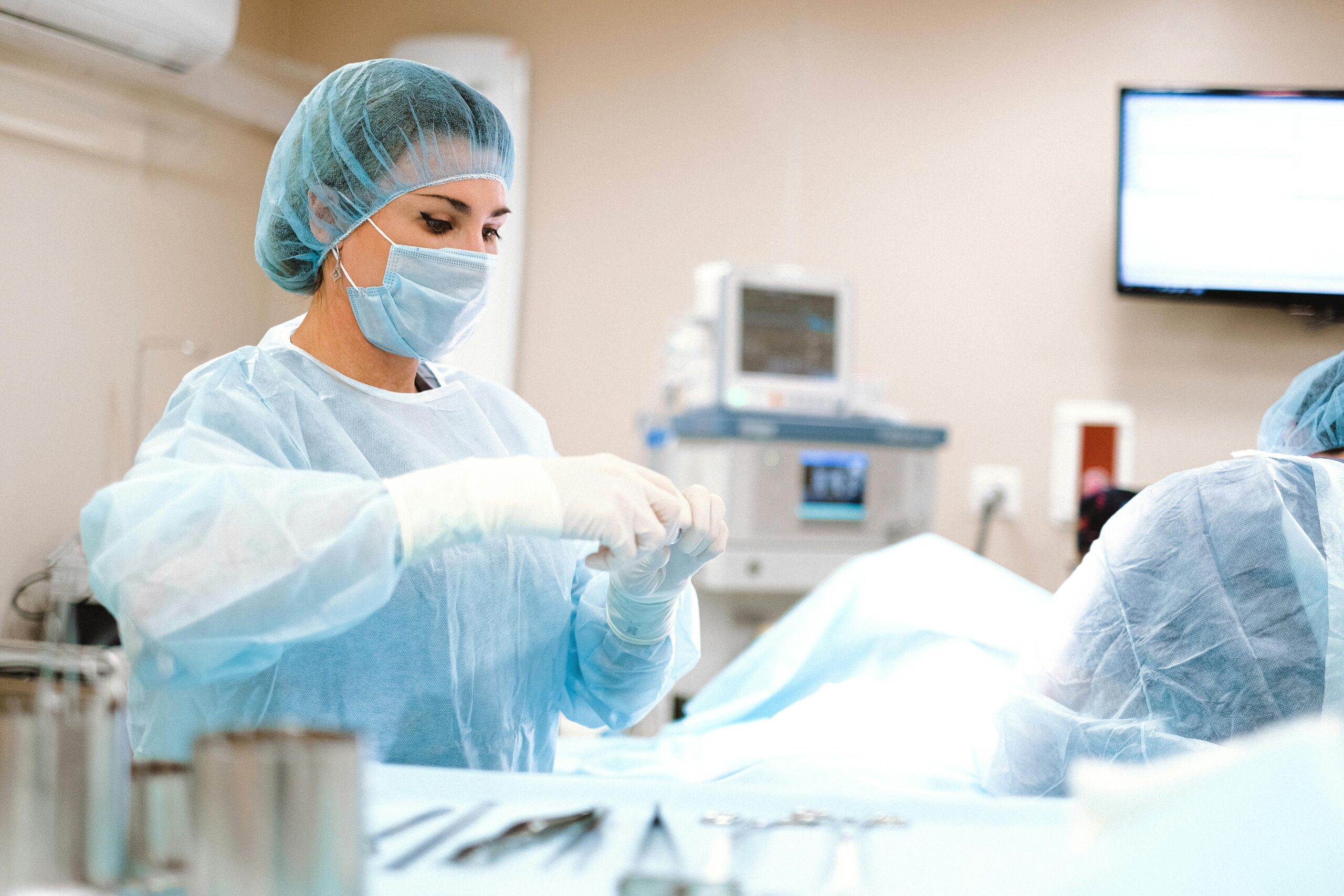Sinus Lift & Bone Grafting
A sinus lift, also known as a sinus augmentation, is a surgical procedure that aims to increase theamount of bone in the upper jaw area, specifically around the molars and premolars. This procedureis necessary when the sinuses are too close to the upper jaw, leaving insufficient bone height fordental implants. Bone grafting is often performed in conjunction with a sinus lift. It involves addingbone material to areas where the jawbone has deteriorated or lacks sufficient volume. The purpose ofbone grafting is to increase the amount or volume of bone so that a dental implant can be placed.
Procedure of Sinus Lift
During the procedure, your surgeon will create a small window in the upper jawbone and gently lift the sinus membrane. Bone grafting material will then be placed in the newly created space. After the surgery, it is essential to allow time for the bone graft to integrate with the existing bone. This healing period typically lasts several months. This will be followed by the insertion of the dental implant. Sometimes it may be possible to place the dental implant at the same time as the sinus lift and bone graft procedure.
Dental Implant Placement: Once the bone graft has fully integrated, your dentist will assess the readiness for dental implant placement. This step may require an additional surgical procedure.
Restorative Phase: After the implants have fully integrated with the bone, your dentist will proceed with the placement of dental restorations, such as crowns or bridges.
Downtime
The amount of downtime required after placement of a dental implant depends on the number of implants and the amount of surgery required. Taking the rest of the day off work or school is all that may be required after the placement of a single implant. Up to a week may be required if multiple implants have been placed or if extensive surgery has been required. Your surgeon will be able to advise you on the amount of time needed off work. During this time a soft diet is advised in addition to avoidance of alcohol and cigarette smoking

Potential Risks and Complications
Despite the highest standard of care by your surgeon, there are always risks associated with a sinus lift and bone grafting procedure: Some of these risks are:
- Pain and discomfort;
- Failure of the bone graft to take
- Loosening of the implant
- Sinus complications
- Infection
- Swelling
- Excessive bleeding and bruising
- Limited mouth opening
- Damage to adjacent teeth
- Nerve injury
Frequently Asked Questions
A sinus lift, also known as a sinus augmentation, is a surgical procedure that aims to increase the amount of bone in the upper jaw area, specifically around the molars and premolars. This procedure is necessary when the sinuses are too close to the upper jaw, leaving insufficient bone height for dental implants. Bone grafting is often performed in conjunction with a sinus lift. It involves adding bone material to areas where the jawbone has deteriorated or lacks sufficient volume. The purpose of bone grafting is to increase the amount or volume of bone so that a dental implant can be placed.
There are different types of bone available. Sometimes the bone can be taken from part of your jaw bone using a small device called a bone scraper. Other types of bone products include bone from cow bone, human donor bone, or synthetic bone. There are advantages and disadvantages of each. Your surgeon will discuss this with you and make a recommendation on the best type of bone to use. All the bone products used at OFIS are safe to use and have been approved by the Australian TGA.
Despite the highest standard of care by your surgeon, there are always risks associated with a sinus lift and bone grafting procedure: Some of these risks are:
- Pain and discomfort
- Failure of the bone graft to take
- Loosening of the implant
- Sinus complications
- Infection
- Swelling
- Excessive bleeding and bruising
- Limited mouth opening
- Damage to adjacent teeth
- Nerve injury

